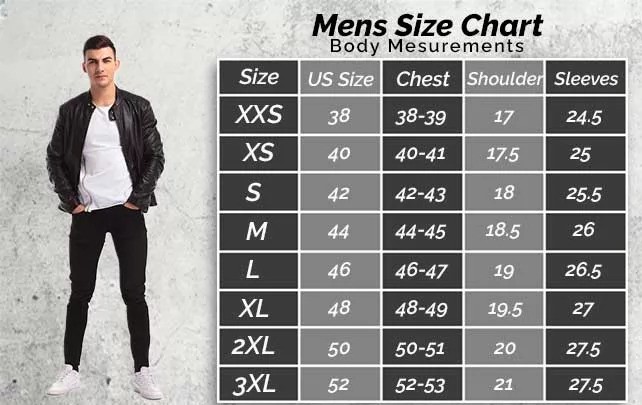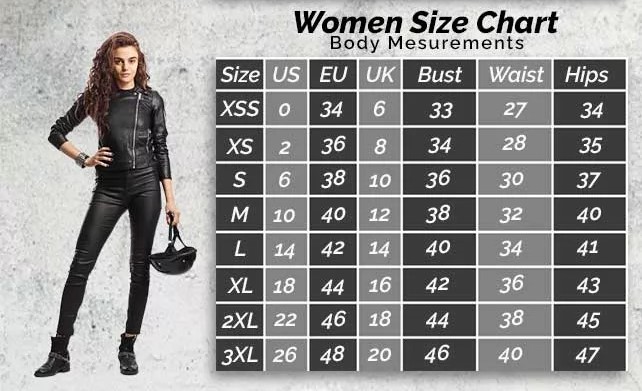

Brown Antique 3 Pockets Style Leather Jacket
$169.00 – $189.00Price range: $169.00 through $189.00
- Premium Leather Design
- Three Pockets
- Shirt-Style Collar
- Casual Wear
The Brown Antique 3 Pockets Style Leather Jacket is a perfect blend of classic craftsmanship and modern appeal. Made from premium genuine leather. This jacket offers a rugged yet sophisticated look with a rich antique brown finish. Designed for comfort, durability, and versatility. it features three spacious pockets for added convenience. Whether you’re dressing up for a casual outing or need a stylish layering piece. This jacket is an essential addition to your wardrobe. A Casual Leather Jacket offers a timeless, stylish look that effortlessly elevates everyday outfits with its blend of comfort and durability.
Specifications:
- Material: 100% Genuine Leather with an Antique Brown Finish
- Lining: Soft Polyester Lining for Comfort & Breathability
- Closure: Sturdy Front Zipper Closure for a Secure Fit
- Collar: Classic Shirt-Style Collar for a Refined Look
- Pockets: Three Spacious Pockets for Practical Storage
- Fit: Regular Fit for Comfort & Easy Layering
- Cuffs: Buttoned Cuffs for a Tailored Appearance
- Design: Vintage-Inspired Aesthetic for a Timeless Appeal
- Occasion: Perfect for Casual Wear, Travel, & Everyday Use
- Season: Suitable for Fall, Winter & Spring
- Care Instructions: Professional Leather Cleaning Recommended
Step up your fashion game with the Brown Antique 3 Pockets Style Leather Jacket—a statement piece designed for timeless elegance and everyday practicality. Whether you’re heading out for a casual meet-up or need a sophisticated jacket for your collection, this piece delivers unmatched quality and style. Order now and experience the perfect blend of fashion and function!
| Size |
S ,M ,L ,XL ,2XL ,3XL ,4XL ,Custom |
|---|
5 reviews for Brown Antique 3 Pockets Style Leather Jacket
Popular products


12 Gauge Men’s Leather Vest for Motorcycle Riders


13 Reasons Why Justin Foley (brandon Flynn) Jacket- Dylan Minnette


1950s Motorcycle Black Leather Jacket


1965 Minnesota Twins Varsity Blue Wool Jacket


1990 Stussy International Tribe Wool & Leather Red Vintage Varsity Jacket


8 Ball 90s Black Vintage Bomber Jacket


8 Ball 90s Style White Bomber Jacket


8 Ball Bubble Parachute Jacket


8 Ball Logo Fur Hooded Parka Leather Jacket


8 Ball Logo Printed Red Fur Jacket


8 Ball Logo Red Black and White Bomber Jacket









John (verified owner) –
The Brown Antique 3 Pockets Style Leather Jacket is a vintage masterpiece – stylish, functional, and a definite head-turner!
Brain wayt (verified owner) –
This Brown Antique 3 Pockets Style Leather Jacket is a must-have for any fashion-forward individual – it adds a touch of timeless elegance to my wardrobe!
David K. (verified owner) –
Customization options were a game-changer for me.
Jasmine (verified owner) –
The custom engraving on my leather bag is perfect.
Lana (verified owner) –
Super happy with my order!